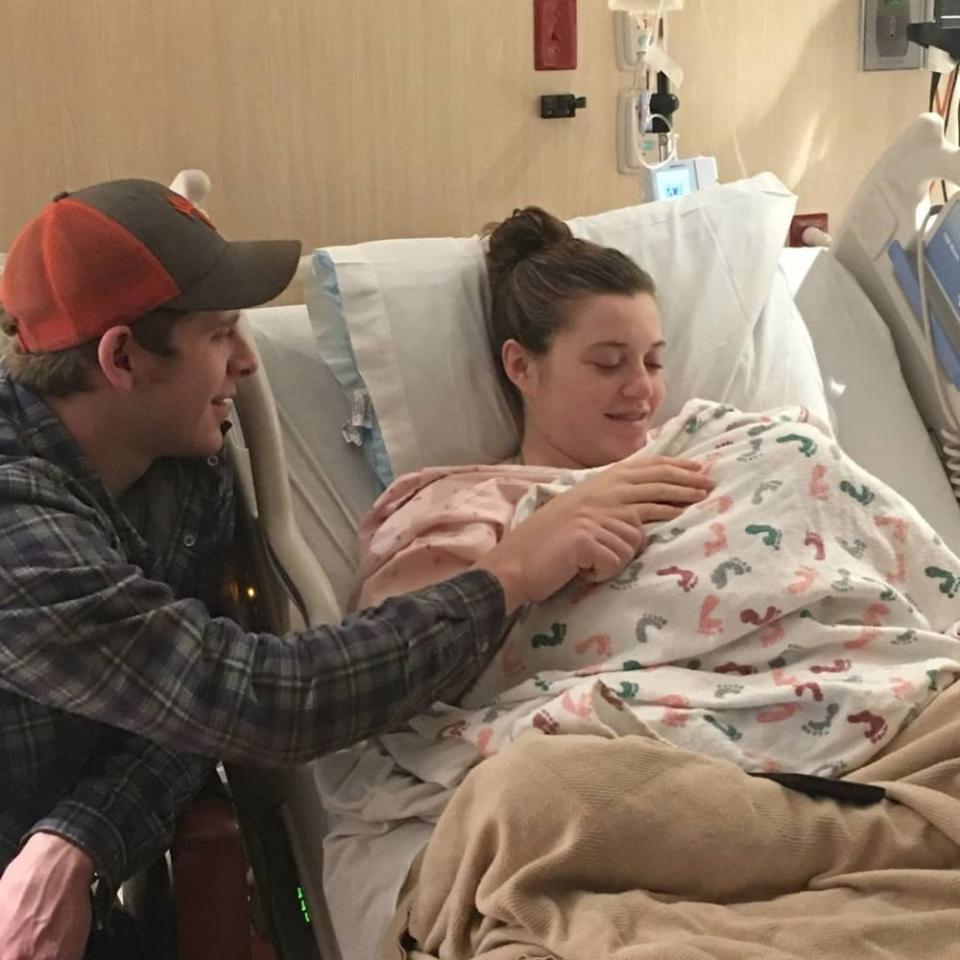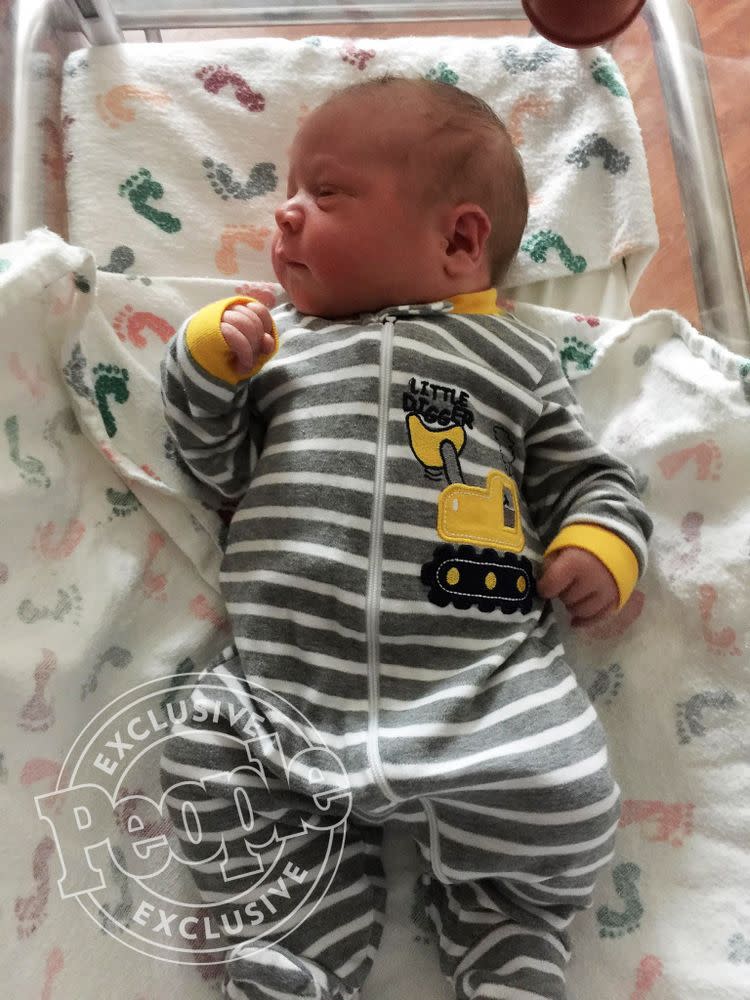Joy-Anna Duggar Needed an Emergency C-Section for a Breech Baby: Why Home Births Can Be Risky
On Feb. 23, Joy-Anna Duggar and her husband Austin Forsyth happily welcomed their first child. But the delivery came with complications — Duggar started her delivery at home, and after 20 hours of labor, she was rushed to the hospital for an emergency C-section when her mid-wife determined that the baby was breech. While many parents-to-be may prefer a home birth, where they can be more comfortable, there are risks involved with every delivery, say experts — some of which are better handled at a hospital.
Dr. Mary Jane Minkin, an ob-gyn from Yale University and member of PEOPLE’s Health Squad, explains that in general, a hospital is the best environment for childbirth in case of an emergency.
“There are many risks to having a baby,” Dr. Minkin says. “Some women will not be able to deliver their babies through their pelvic bones. If that occurs, most of the time the cervix will stop dilating and the baby will not descend into the birth canal. Then a transfer to a hospital would be necessary.”
She explains further: “Sometimes we can give the woman medicine to strengthen her contractions. Other times, administration of pain relief such as an epidural anesthetic can help. Or maybe we do need to do a Caesarean. Obviously all of these necessitate a medical facility.”

The “scariest” scenario, says Dr. Minkin, is when the baby’s head comes through the birth canal but the shoulders are stuck behind the pubic bone, a condition called shoulder dystocia.
“When that happens in the hospital, we shout out to get ‘all hands on deck’ and have our colleagues come to lend a hand; we also have our anesthesiologists rush up to help get the woman more relaxed to see if that could help. But at home we don’t have the extra pairs of hands available,” she says.

And while it isn’t clear why Duggar had to go to the hospital, there are a myriad of other issues — from excessive bleeding requiring abdominal surgery to placental tissue stuck in the uterus — that can pop up.
“Fortunately these scenarios are uncommon, but they can happen,” Dr. Minkin says, “and at home there isn’t much you can do.”
While she recognizes that parents often prefer the familiar environment offered by home birth, she advises they look for hospitals that offer maternity suites, sometimes known as ‘LDR’ or ‘LDRP’ rooms.

“These are rooms in a hospital that are a part of a labor [L] floor, but they look much more like a bedroom at home, with some special equipment in the closets!” she explains. “You can labor in this bedroom, with family or friends, and deliver [D] in the bed, just like you could at home. The R refers to recovery, so you can stay with your baby in the room, as long as everything is fine. And you can have close monitoring to make sure there isn’t extra bleeding.”
And at hospitals with LDRP rooms, the new moms can stay in the room postpartum (P) until they’re ready to go home, which gives them that homey feel with nurses and doctors nearby in case of any issues.
“I started delivering babies in 1973 — at that point we were just starting to have dads come in to the delivery room,” Dr. Minkin says. “We have been trying since to make the experience of a delivery more comfortable for our patients, without sacrificing any safety for the family.”
